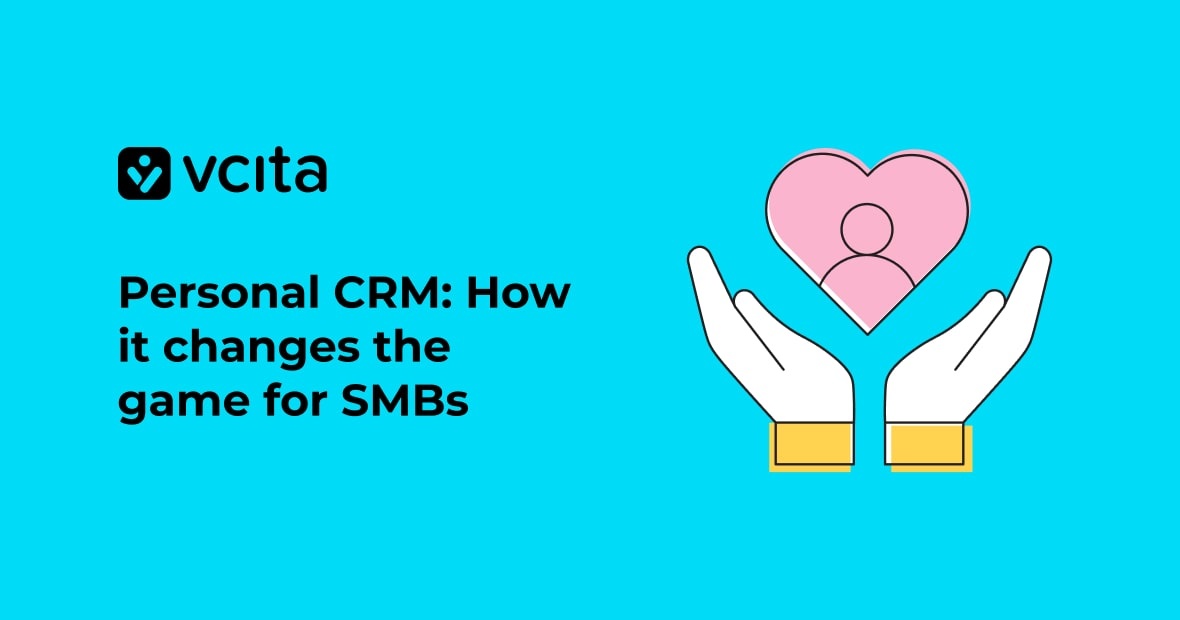If you’re still adjusting to TikTok, it’s time to speed up, because there’s (yet another) new social media channel in town: Clubhouse. It has nothing to do with Mickey Mouse, and everything to do with making connections, sharing ideas, and growing your influence.
What is Clubhouse?
Launched by Paul Davison and Rohan Seth in March 2020, Clubhouse is an audio-only social media channel. Instead of sharing images or videos or text posts, people hold voice-only conversations. Clubhouse conversations are ephemeral – a bit like a live podcast. Every conversation takes place live, and when it finishes, it disappears.
Each conversation takes place in its own conversation room with a host, one or more moderators, speakers, and listeners. If someone interesting drops into the room, the host could put them on the “stage” so they can speak. You can also ask to speak by virtually raising your hand.
At the moment, Clubhouse is an iOS-only, invite-only app. Clubhouse users get two free invitations to start with, and can earn more as they use the app. Clubhouse grew slowly until February 2021, when Elon Musk hosted an audio chat and suddenly everybody wanted in. Now Clubhouse has over 3M active users and rising.
How does Clubhouse work?
It’s invite-only, so you can’t just sign up. You can join the waiting list to get an account, but you’ll be waiting a long time. Your best bet is to make friends with someone who has a Clubhouse account and invites to spare.
Here’s what to expect once you’re able to join Clubhouse:
- Click the link in the message
- Provide your name and phone number, and choose a username
- Link Clubhouse with your Twitter account to pull your details and save you from setting up a new profile
- Tell the app about your interests to receive suggestions for conversation rooms and individuals to follow
When you enter Clubhouse, you’ll find yourself in a virtual hallway that shows a list of conversation rooms that you could enter. Pick a room, and start listening!
Different conversation rooms have different styles and cover every kind of topic, both serious and outlandish, from cryptocurrency advice to the best cartoon burger. The more you use Clubhouse, the more the app will learn what topics you’re interested in and make more relevant suggestions.
You can also search the member and club directories to find more options that match your interests.
Why does Clubhouse matter to small business owners?
1. Get in on the ground floor
Clubhouse is still relatively small, but it reached 3M users and it’s still growing fast. It’s worthwhile to get in on the ground floor of any social media channel so that you can grow your connections and build authority on the platform.
Clubhouse’s owners say they plan to roll it out to everyone and add an Android app soon, and that plans to monetize it with tickets and subscriptions are in the works. It looks like Clubhouse is here for the long haul.
2. Be part of an exclusive club
Because Clubhouse is still invite-only, it retains an air of exclusivity. Being on Clubhouse adds to your reputation, and taking part in a conversation boosts your thought leadership credibility far more than any Facebook Live session ever could.
3. Access a specific audience
Because it’s invite-only (at least for now) the original Clubhouse audience were people who knew the Silicon Valley founders, and they then invited their contacts, who mostly have similar backgrounds and profiles.
As a result, the Clubhouse crowd is slightly older and has more disposable income than your typical TikTokker, for example. So if your target market includes VCs, startup founders, business owners, and the like, Clubhouse will be a good channel for you.
4. Find a more personal way to connect
After a year of on-screen interactions, the fact that Clubhouse is audio-only is a refreshing change. Users say that Clubhouse chats are more intimate and personal than video conversations, and a closer replacement for pre-pandemic meetups when you could swap ideas in real time.
This makes Clubhouse a valuable channel for building brand awareness and driving word-of-mouth campaigns. People feel safe to be more real, because the conversations are temporary — but be warned: nothing dies on the internet, so avoid saying anything that could come back to bite you. Some people are already finding ways to record conversations.
How to use Clubhouse to promote your brand
1. Make new connections
Like other social media platforms, Clubhouse gives you the opportunity to connect with people who you might not otherwise be able to contact. Many significant players in the entrepreneurship world are accessible on Clubhouse, so you could build new partnerships, establish endorsements, and find important collaboration options.
For example, bestselling motivational author Grant Cardone offered a multimillion-dollar investment deal to someone in a live Shark Tank conversation room. Kat Cole, the former CEO and President of Focus Brands, has weekly Clubhouse “office hours” to provide guidance to business owners and entrepreneurs.
You can find potential contacts and clubs by searching the member and club directories by keyword, but it’s also good to simply look around and see who’s in the room with you. If the same people turn up repeatedly, you might have overlapping interests and could collaborate.
Clubs are another important way to find potential clients and spread awareness of your business.
2. Build a following
Set up a strategy to build a community of followers on Clubhouse, as well as partners and mentors. Join smaller rooms, ideally with under 20 people, that are relevant to your vertical, and get to know the people who frequent them.
When you show up consistently and become more active, hosts and moderators will recognize you and be more likely to invite you on stage or respond to your request to speak. This helps you build influence and prepares move you into larger rooms. When you speak, focus on delivering value, not introducing yourself! Just answer or ask a useful question and leave it to others to check out your profile.
If you’re in a room and you think some of the people you follow would be interested in the topic, you can add them by tapping the + button.
They’ll receive a notification to join you, and you’ll gain their appreciation for sharing a useful chat.
3. Share your wisdom
Clubhouse stands out because it’s educational, so leverage that to learn new marketing and business tips and to build your own thought leadership profile. When you have built a small following, hold your own conversations and use them to bring value.
Sharing free advice about your area of expertise is very effective with Clubhouse. For example, an intellectual property attorney held a 2 hour Q&A in the Startup Room, which netted her around 20 new clients. As your audience grows, you can create your own clubs and host your own conversation room to expand your community even further.
4. Choose the right type of room
You can run three kinds of rooms on Clubhouse; open rooms, closed rooms, and social rooms.
Anyone can drop into an Open room, making them a great way to expand your brand awareness and reach new people.
A Social room is open to all your following, so you can use it to host community-only discussions.
Only specific invitees can join a Closed room, which is excellent for sharing exclusive content with subscribers.
5. Collaborate to boost your reach
Bring in another speaker to generate more engagement and increase your reach. For example, interview an expert in your field, or invite someone in a complementary industry to to join you.
Entrepreneur R. Kenner French hosts daily chat about tax strategies for entrepreneurs, and recently included a tax attorney who explained certain areas of the tax code and answered questions from users.
Partner with individuals within your industry who have a larger following, so that all their followers get a notification when they come onstage. They’ll probably come to hear your fellow speaker, and then choose to follow you as well.
6. Optimize your bio
On Clubhouse, users can only see your profile image and then click through to your bio, so make it worthwhile. This is where you should include your:
- Name and title
- Business name
- Social media profiles
- Clubhouse clubs
Add emojis to lighten the tone, and invite people to message you on your preferred platform. Clubhouse doesn’t support links in the bio, but do include your username for each social media profile.
Tip: You can register a username even before you’re invited, so if you want to include Clubhouse in your marketing in the future and it’s important for you to have a specific branded username, it’s worth registering it now.
Now you’re up to speed about Clubhouse, all you need to do is find a handy contact with a Clubhouse invitation, and get started!





